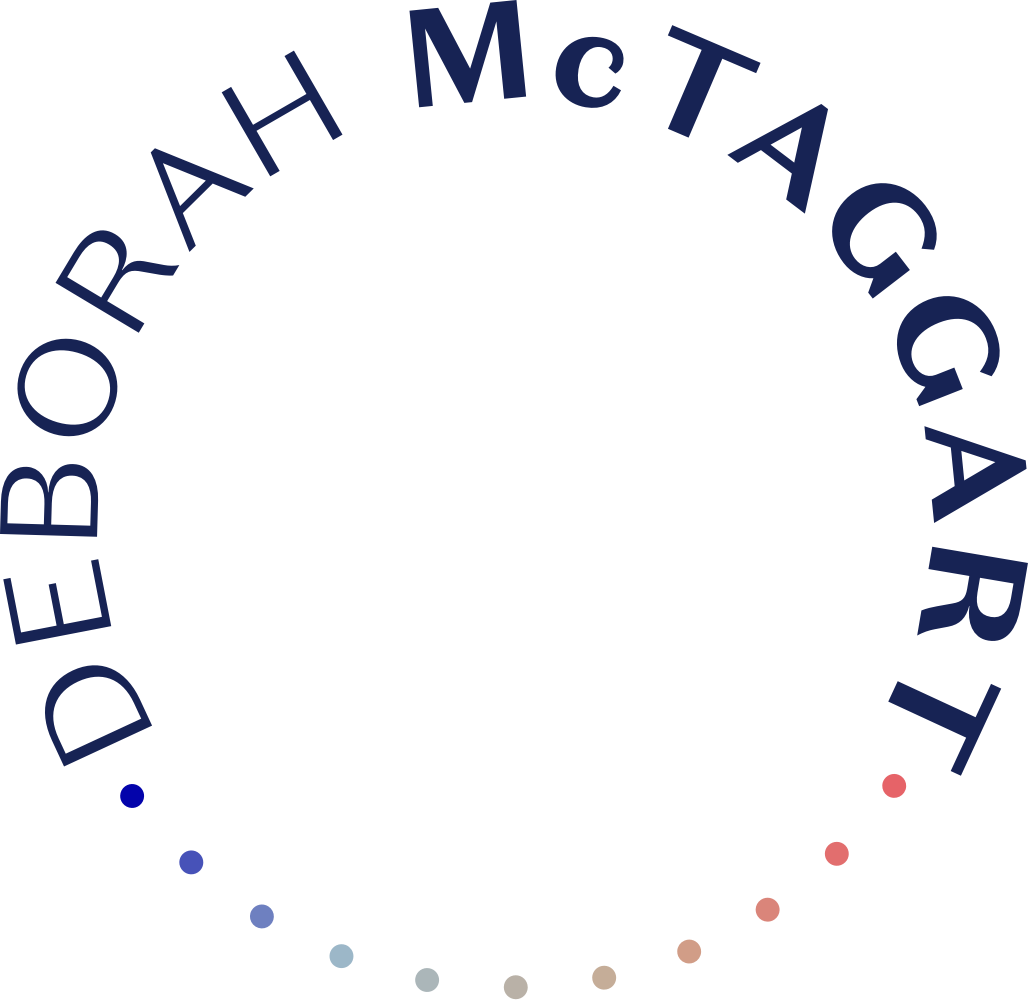How to eat for healthy vision
When we think of health…
we don’t necessarily think of eye health with most of us just taking our vision for granted.
The leading cause of blindness in the US for people over 55 years is age related macular degeneration (ARMD). This is characterised by a gradual loss of central vision due to degeneration of the macula - the area of the retina where most images focus, and the portion of the eye responsible for fine vision.
Risk Factors for Age Related Macular Degeneration
Risk factors for ARMD include age, gender, race, eye colour, genetic predisposition and obesity. Women are the gender at higher risk. Smoking increases the risk of ARMD by 2-3x more than someone who has never smoked. Genetics play into it with a 50% risk for those who have a relative with ARMD, compared to 12% for those who don’t.
Genetics, Diet and Lifestyle
They key to remember with genetics is genetics may ‘load the gun’, but it is your diet, lifestyle and environment that ‘pull the trigger’. In other words, you can lower your genetic risk by reducing chemicals in your home, never smoke, get plenty of movement and choose wisely as to what you put on your fork.
With ARMD we need to correct the underlying cause which is free radical damage and poor oxygenation of the macula. We do this by reducing our risk factors and increasing key food groups, essentially fresh fish, fruits and vegetables.
Foods to Avoid
To protect our vision we need to avoid foods that contribute to free radical damage, which include pro inflammatory foods (flour, sugar, baked and processed goods) as well as fried and grilled meats, animal fat and apologies beer drinkers, … beer.
The right type of dietary fat is important here, with research showing that high fish and nut intake were associated with a lower risk of disease progression.
So which vegetables work best?
Compounds called flavonoids and carotenoids, pre cursors to Vitamin A, show the most success in prevention strategies. There are over 600 carotenoids with 40-50 of them available in the Western diet. The two largest groups are xanthophylls and carotenes. The most common xanthophylls in food are lutein and zeaxanthin with lycopene being the most common carotene.
Lutein and zeaxanthin are yellow pigments that are selectively concentrated 1000 x greater in the fovea - a tiny pit located in the macula of the retina that provides the clearest vision of all - compared to other tissues.
These pigments protect the delicate macular photoreceptors and improve vision.
Top 20 Foods that protect your eyes
Here are the Top 20 foods that contain lutein, zeaxanthin and lycopene.
Corn, kiwi fruit, red grapes-green grapes, squash (zucchini, pumpkin butternut), bell peppers, greens, cucumber, peas, honeydew melon, brussel sprouts, scallions, green beans, orange, broccoli, apple, mango, peach, tomato paste, tomato juice.
As a further boost, take a daily handful of flavonoid rich berries (blackberries, blueberries, cherries etc), to eat for healthy eyes.
It’s time to eat your veggies, tomato paste and honey dew melon. Lucky it’s brussel sprout season!
Get in touch if you’d like a free discovery call about working together.
Deborah McTaggart is a registered nutritionist practising in Barnes, South West London, and global via Zoom. She works with corporate nutrition and individuals on healthy eating, with a special interest in Men's Health, Shift Work Health, Travel Health and Avoiding Jet Lag. Contact me here for further information on nutrition plans.
